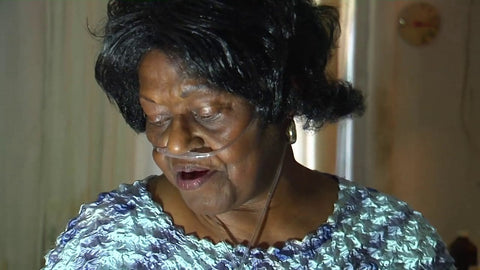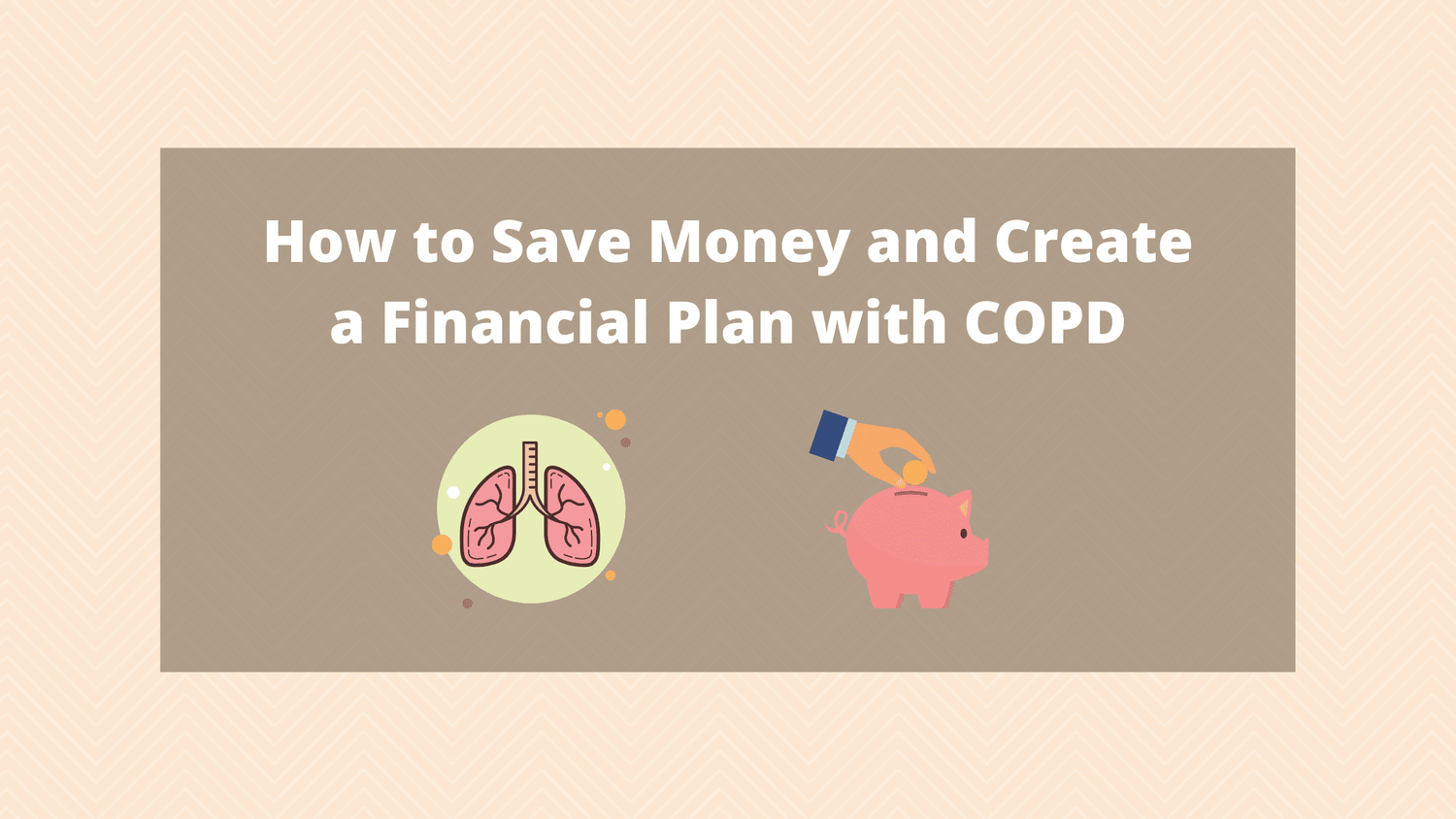Respiratory Resource Center - LPT Medical
How to Improve Your COPD Symptoms With Good Posture
Breathing comfortably is a constant struggle for people living...
Read MoreCough Suppression Techniques: How to Prevent and Stop Coughing Attacks
For many people with COPD, a chronic cough is...
Read MoreHow to Save Money and Create a Financial Plan with COPD
Creating an effective financial plan is essential no matter...
Read More


